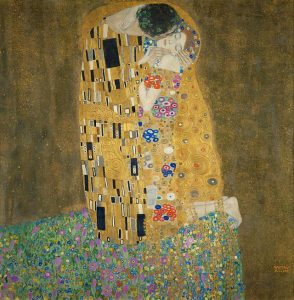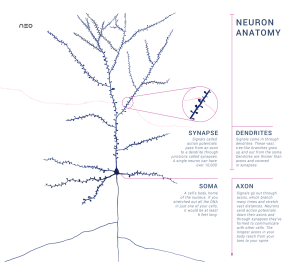Module 05: Synapses & Neurotransmitters

Description: This module examines how neurons communicate through synapses & neurotransmitters. Students will explore electrical & chemical synapses, mechanisms of neurotransmitter release & reception, & neural integration. The module covers major neurotransmitter categories including acetylcholine, monoamines, amino acids, neuropeptides, & gases, examining how each affects behavior, mood, & cognition.

Why This Module is Important: Understanding synaptic communication & neurotransmitter function is essential for counseling, clinical practice, & health psychology, forming the foundation for understanding psychoactive medications & disruptions in neurotransmitter systems.
For counselors, this module provides:
- Understanding of how psychotropic medications target neurotransmitter systems for informed client discussions.
- Knowledge of how substances of abuse hijack neurotransmitter systems for addiction counseling.
- Insight into the neurochemical basis of mood, anxiety, & psychotic disorders.
- Understanding of medication timing effects for setting realistic client expectations.
For other psychology professionals, this module supports:
- Research into neurochemical mechanisms & pharmacological treatment development.
- Educational approaches recognizing neurotransmitter effects on learning & memory.
- Clinical decision-making regarding medication referrals & drug interactions.
- Critical evaluation of supplements & alternative treatments.
Module Learning Objectives: By the end of this module students will be able to…
- MLO1: Identify major synapses, neurotransmitters, & receptors, distinguishing electrical from chemical synapses & ionotropic from metabotropic receptors. (CLO1, ULO5)
- MLO2: Analyze synaptic transmission processes including neurotransmitter synthesis, release, receptor binding, deactivation, & neural integration through summation. (CLO2, CLO3, ULO5)
- MLO3: Evaluate how neurotransmitter systems relate to psychological functions & disorders, & assess implications for psychopharmacological interventions. (CLO2, CLO4, ULO5)
Test Yourself: If you truly “know” this material then you will be able to…
- Describe structural differences between electrical & chemical synapses, identify major neurotransmitter categories, distinguish ionotropic & metabotropic receptors, & classify neurotransmitters (ACh, dopamine, norepinephrine, serotonin, glutamate, GABA) by chemical family & functions. (MLO1)
- Explain synaptic transmission from action potential arrival to postsynaptic response, trace calcium-triggered neurotransmitter release, compare deactivation mechanisms (diffusion, enzymatic breakdown, reuptake), & analyze how EPSPs & IPSPs combine through summation to reach threshold. (MLO2)
- Evaluate relationships between neurotransmitter dysfunction & psychological disorders (dopamine in schizophrenia & Parkinson’s, serotonin in depression, GABA in anxiety), assess how psychotropic medications target neurotransmitter systems, & discuss implications for counseling about medication options & treatment response. (MLO3)
Media Attributions
- Synapse Buddy © Microsoft Copilot adapted by Jay C. Brown is licensed under a CC0 (Creative Commons Zero) license
- Module 05 1
- Module 05 2
